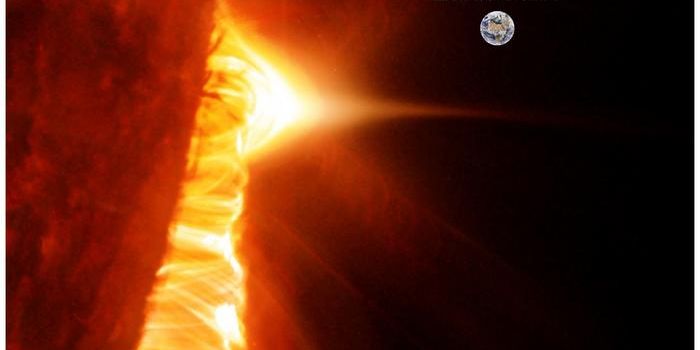NASA Webb Celebrates One-Year Anniversary for Science Mission
One year ago today, NASA’s James Webb Space Telescope (JWST) released its first full-color images, which signified the beginning of its science mission observing the heavens, primarily using its Near-Infrared Camera (NIRCam). These first images included breathtaking views of the Carina Nebula, Stephan’s Quintet, Southern Ring Nebula, WASP-96 b, and SMACS 0723, which were revealed to the public for the first time during a live televised press conference on July 12, 2022.
JWST is deemed as successor to the much older NASA Hubble Space Telescope, both with similarities and differences. While Hubble is designed to observe objects in visible wavelengths along with infrared and ultraviolet radiation, JWST is designed to observe objects only in near-infrared and mid-infrared wavelengths.
As it turns out, those first images were just the tip of the iceberg in terms of demonstrating JWST’s capabilities, as it has since delivered incredible views of planets within our solar system and the observable universe almost as far back as the Big Bang. These include images of Jupiter, Saturn, Uranus, and Neptune, exoplanet atmospheric data, black holes, supernovae, and even data from Saturn’s moon, Enceladus.
To mark its first-year anniversary, JWST today released a stunning image of the Rho Ophiuchi cloud complex, which is a star-forming region located approximately 460 light-years from Earth.
The first anniversary image from NASA’s James Webb Space Telescope captured Rho Ophiuchi, which is a star-forming cloud complex located approximately 460 light-years from Earth. (Credit: NASA, ESA, CSA, STScI, Klaus Pontoppidan (STScI))
Launched on Christmas Day 2021, JWST was the culmination of decades of work and setbacks that began with serious discussions in the 1990s about replacing Hubble when its mission ended. Over the course of the next few decades, JWST underwent numerous designs changes, technical setbacks, and cost overruns, but it has since returned astronomical dividends in terms of new science about the cosmos that scientists have been yearning to learn for long before JWST was conceived.
While JWST’s primary mission is slated to last approximately five and a half years, the spacecraft has an estimated lifespan of approximately 20 years, which means this first year of science is only the beginning of JWST unraveling the secrets of the universe.
What new breathtaking discoveries will JWST make about the cosmos in the coming years and decades? Only time will tell, and this is why we science!
Sources: NASA, NASA (1), NASA (2), NASA (3), NASA (4), NASA (5), Johns Hopkins Applied Physics Laboratory, NASA (6), NASA (7), NASA (8), Webb Space Telescope, NASA (9), NASA (10)
As always, keep doing science & keep looking up!









